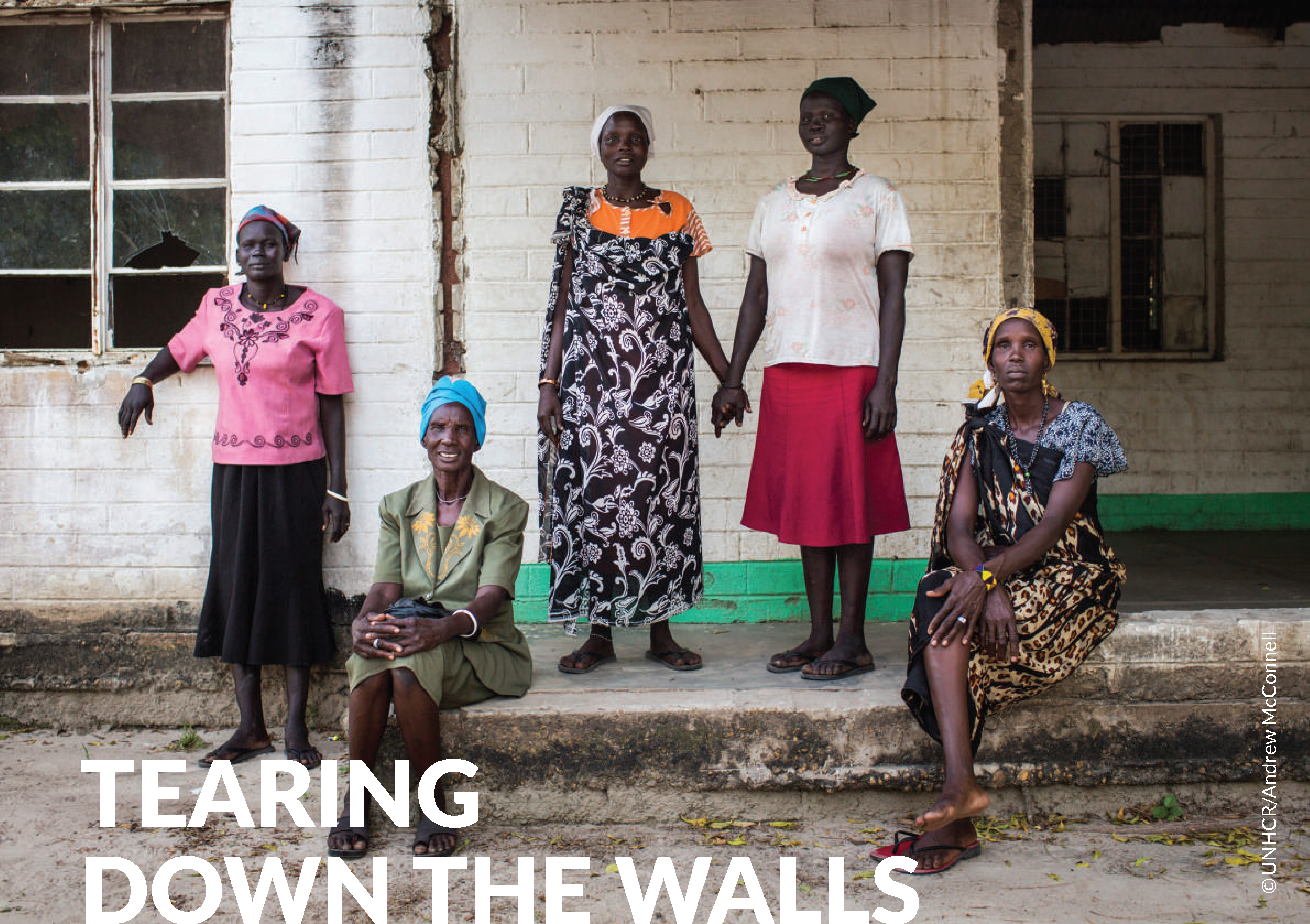Tearing Down the Walls: Confronting the Barriers to Internally Displaced Women & Girls’ Participation in Humanitarian Settings
In light of the 20th anniversary of the Guiding Principles on Internal Displacement (GP20) and the roll out of UNHCR’s 2018 Policy on Age, Gender, and Diversity (AGD), DIP’s Gender Equality Unit and the IDP Section, in close collaboration with the Bureau of Africa, have undertaken this research to further investigate the gender dimensions of internal displacement, specifically focusing on women and girls’ participation in decision making processes.
The report draws on an extensive literature review and field work conducted in South Sudan and Niger, providing critical insights on IDP women and girls’ participation in making decisions that affect their lives in humanitarian settings. It also looks at how IDP women and girls’ participation plays out at three levels 1) the individual and/or household; 2) the community and/or camp; and 3) the state and/or national levels. The report highlights the key challenges to IDP women and girls’ participation and provides actionable recommendations and opportunities to enhance their meaningful inclusion.
By the end of 2018, there was a total of 41.3 million internally displaced persons across the globe.
IDP women and girls are disproportionally affected by internal displacement, both in terms of numbers and impacts. Gender has a significant impact across all phases of internal displacement. It shapes the ways in which the lived experiences of women and men, boys and girls, as well as persons with diverse sexual orientations and gender identities are impacted pre, during, and post displacement.
The report highlights how gender inequality remains the greatest structural barrier to IDP women and girls’ participation. It also highlights the strong linkages between the level and quality of women and girls’ participation with SGBV prevention, mitigation and response efforts, as well as income generation opportunities.
The report calls attention to the rigid power structures that keep women on the sidelines, and highlights the need for courageous and persistent confrontation of these inequalities in communities, the humanitarian system, and in national and local normative frameworks and institutions.

